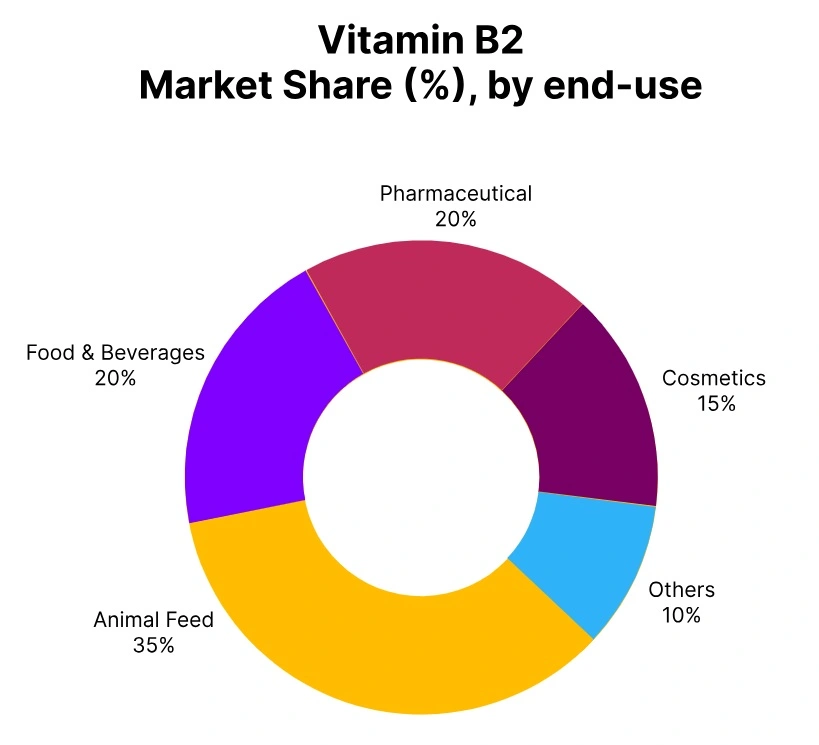Vitamin B2 (Riboflavin) Price Trend Q3 2025
In Q3 2025, the global Vitamin B2 (Riboflavin) market maintained a largely stable to slightly soft sentiment, with distinct trends emerging across Feed Grade (80%) and Food Grade (>98%, USP) segments. Vitamin B2 (Riboflavin) Feed Grade prices remained relatively steady, influenced by balanced supply conditions, stable operating rates in China, and cautious yet consistent purchasing from feed and premix manufacturers, resulting in very narrow Vitamin B2 (Riboflavin) price trend fluctuations of around 1% during the quarter.
In contrast, Vitamin B2 (Riboflavin) Food Grade prices experienced a more noticeable downward adjustment of around 3%, driven by subdued demand from food, beverage, and nutritional supplement sectors, together with sufficient inventories and competitive domestic offers that limited upward price momentum. Stable raw material markets, predictable production output, and manageable inventory levels supported overall market stability for both grades despite softer buying interest in premium applications.
While Feed Grade benefited from steady baseline consumption, Food Grade prices have been weighed down by restrained procurement and slower export activity. Looking ahead, shifts in global restocking cycles, demand recovery in fortified foods, and export competitiveness from Chinese producers are expected to shape Vitamin B2 (Riboflavin) price trend dynamics entering the next quarter.
China
Vitamin B2 (Riboflavin) Export prices FOB Shanghai, China, Grade: Feed Grade (80%, Powder), Food Grade (>98%, USP, Powder).
According to Price-Watch, in Q3 2025, Vitamin B2 (Riboflavin) Feed Grade (80%, Powder) and Vitamin B2 (Riboflavin) Food Grade (>98%, USP, Powder) prices in China experienced mild downward adjustments amid steady production and cautious downstream demand. Vitamin B2 (Riboflavin) price trend in China saw a slight decline as balanced supply, stable operating rates, and moderate purchasing from the feed and premix sectors kept the market within the USD 12,200-12,600 per metric ton range.
Similarly, Vitamin B2 (Riboflavin) price trend in China fell due to subdued buying interest from food, beverage, and nutritional supplement manufacturers, along with adequate inventories among major producers, pushing prices into the USD 31,000-32,200 per metric ton range. Market sentiment for both grades remained soft, influenced by limited export momentum and cautious procurement strategies across key consuming industries.
In September 2025, Vitamin B2 (Riboflavin) Feed Grade and Food Grade prices declined by 0.80% and 3.08%, respectively, driven by stable supply conditions and restrained buying behaviour, with these factors expected to guide Vitamin B2 (Riboflavin) price trends into the next quarter.

